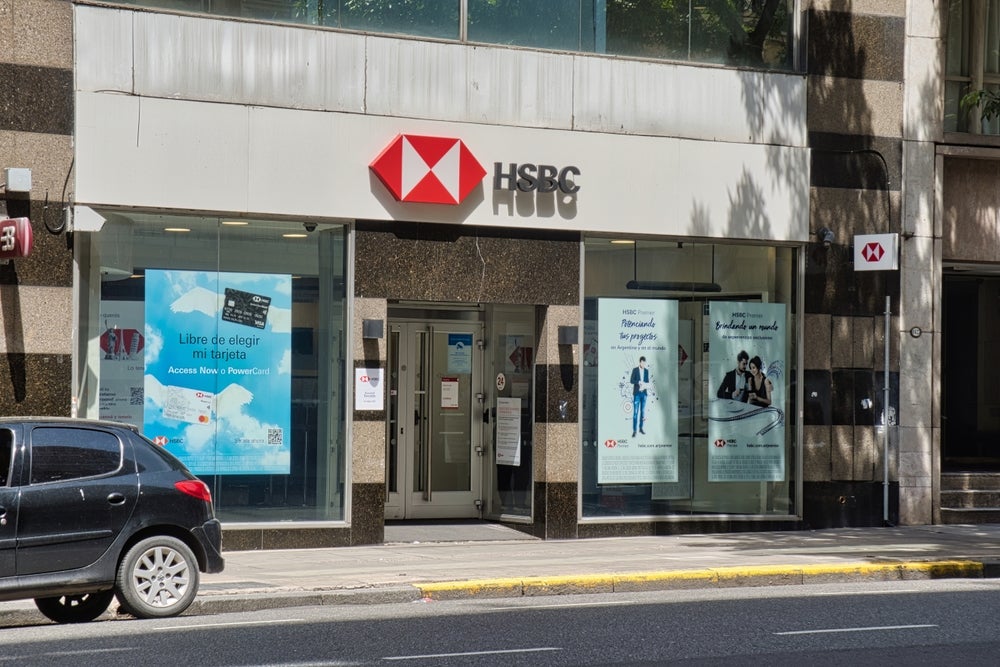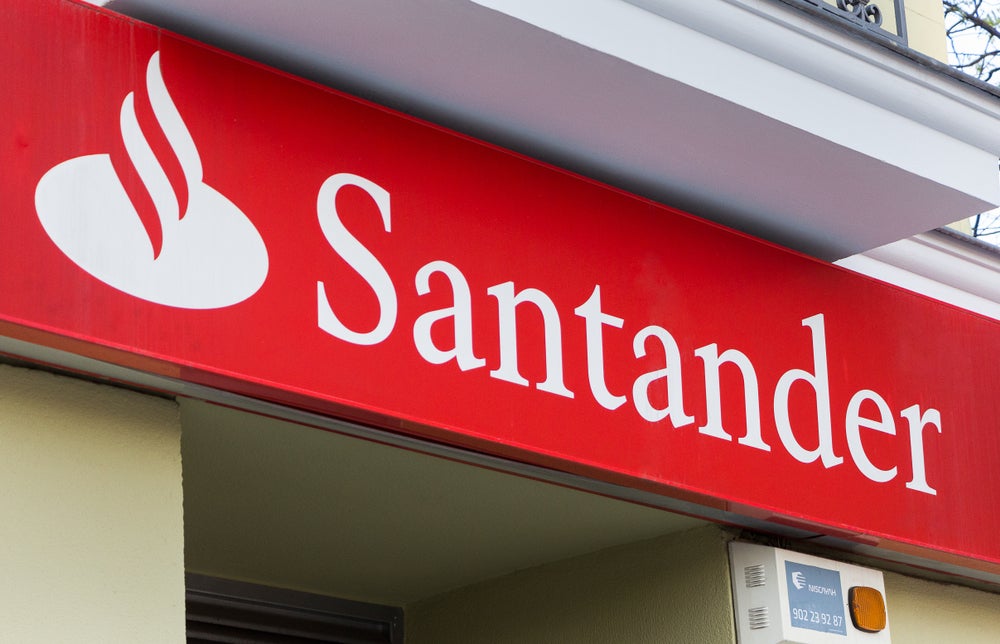The Czech banking sector continues to prosper.
Komercní Banka’s first quarter results beat analysts’ expectations,
and Zdenek Mojžíšek, the bank’s director of marketing, tells
Douglas Blakey that the group has ambitious plans centred largely
on increasing its already impressive cross-sell ratio of
5.58.
The Czech retail banking sector, dominated by the country’s Big
Three – Belgian bancassurer KBC’s Ceskoslovenska Obchodni Banka
(CSOB – see KBC bets big on CEE and Russia), Société
Générale’s Komercní Banka (KB) and Erste’s Ceská Sporitelna – has
enjoyed strong growth in recent years, supported by an economy
growing at more than 6 percent per year.
 In contrast to downbeat
In contrast to downbeat
first quarter results posted by a number of Western European peers,
the Big Three all reported a rise in profits in the first quarter,
with the country’s largest bank by customer numbers Ceská
Sporitelna posting net profit up 18.5 percent to CZK3.23 billion
($208.8 million).
CSOB, the country’s largest bank by assets, reported profit up
by 3.7 percent to CZK2.53 billion while KB grew its profits by 17.1
percent to CZK3.04 billion (see table), helped by strong
growth in mortgage and consumer lending.
Mortgage lending for the Czech banking sector grew more than 40
percent in 2007 and although it dropped back by 9 percent in the
first quarter, KB bucked the trend, granting mortgages worth almost
CZK6.2 billion out of a total of CZK25.8 billion granted by all
Czech banks. By contrast, Ceská Sporitelna’s mortgage lending in
the quarter dropped by almost half to around CZK4.7 billion.
“KB recorded a healthy increase of 12 percent in mortgage
lending in the quarter and we had a mortgage lending market share
of 21.6 percent at the end of March. Our target is to achieve a 25
percent market share for mortgage loans to individuals over the
medium term,” said Zdenek Mojžíšek, director of marketing at KB in
an interview with RBI.
How well do you really know your competitors?
Access the most comprehensive Company Profiles on the market, powered by GlobalData. Save hours of research. Gain competitive edge.

Thank you!
Your download email will arrive shortly
Not ready to buy yet? Download a free sample
We are confident about the unique quality of our Company Profiles. However, we want you to make the most beneficial decision for your business, so we offer a free sample that you can download by submitting the below form
By GlobalData“Over the past 12 months the bank has launched a record number
of more than 50 new and innovative products that improve the
flexibility of its services and enhance clients’ comfort,” he
continued. “One of the key product launches was the Flexibilní
hypotéka [The Flexible Mortgage Loan].”
The flexible mortgage allows customers to increase, decrease or
defer payments depending on their financial situation.
“Last year it was one of the products that enjoyed support in
the media and that greatly contributed to the overall growth in the
provision of mortgage loans. The increased number of the
specialists who are ready to provide mortgage loans has also played
an important role in the growth of the bank’s share of the mortgage
loan market [and] it is now possible to take out a mortgage loan at
almost all of the bank’s branches.”
‘Back and forth’ loan
KB’s latest product is the Hypotéka Dopredu Dozadu
mortgage (The Back and Forth Mortgage Loan). Under this product,
the bank will approve the provision of funds even before the client
actually chooses a specific property.
KB is also promoting its Hypotéka 2v1 (Two-in-One
Mortgage Loan) which allows clients to use up to 20 percent of the
loan without tying it to any specific purpose, so customers can
purchase items such as furniture and electronic goods from their
mortgage loans.
“We mainly see the parameters of new mortgage products, a
favourable pricing policy and a simple approval process in the bank
behind clients’ increasing demand for KB’s mortgages,” said
Mojžíšek.
Overall, the bank’s cross-sell ratio is at the heart of its
retail strategy.
“Komercní Banka regards the cross-selling of products within the
group as strategically important,” Mojžíšek says.
“In the first quarter of fiscal 2008, our cross-sell ratio was
5.58 products per retail customer. We are very proud of this
achievement and I dare to believe this is probably the best result
on the Czech retail market. It shows that we understand customer
needs and it helps us to build a long term relationship with our
customers.”
In an interview with RBI last year, Jirí Škorvaga,
director of retail banking at rival Ceská Sporitelna, said his bank
was targeting an increase in its cross-sell ratio from 2.5 to 3.0
products (see RBI 577).
Mojžíšek argues there is a trend in the Czech Republic towards a
more personalised approach to meeting client needs and believes KB
is well placed to benefit. “As early as 2002, KB was the first bank
in the Czech market to introduce a system in which every client has
their individual relationship manager,” he said. “Products are
becoming increasingly flexible, and solutions to financial matters
are being tailored to clients’ individual needs.”
 He argues this trend is
He argues this trend is
simply an evolution of the huge growth in the direct channel, an
area in which KB has blazed a trail, with over 900,000 of its 1.5
million customers using KB’s internet banking service (see bar
chart left).
“Our key product development areas are in credit products,”
Mojžíšek explained. “We want to make all credit products as
accessible for clients as possible, both in terms of the products’
parameters, making them as flexible as possible, and in terms of
the options for using new distribution channels. For example, the
new opportunity to obtain a credit card or consumer loan online,
via internet banking, is an attractive offer.”
Mojžíšek stressed the importance of KB’s branch network as well,
however. “Related to the strength of the online channel is also the
stronger role of branches, which provide and facilitate services
and products with an added value such as offers of investment
products and devising solutions for more complex loan
transactions.
“The role of the employees who work at branches is also
developing and changing; they are progressively turning from bank
clerks into real bank advisers. Their key task is to provide highly
professional advice and to offer products and services that will
best meet clients’ individual requirements and needs.”
KB has invested heavily in its branch network, which now numbers
389 outlets, though the medium-term target is to have approximately
400 branches. The strategy of expanding the sales network, combined
with product innovations, particularly in credit products, was
reflected in the bank’s robust business results for 2007: it
granted a total of 66,600 mortgage loans, a year-on-year increase
of 26 percent. For consumer loans and credit cards in issue, the
bank achieved a year-on-year increase of 14 percent and 13 percent,
respectively.
The key role of the branch in driving KB’s retail growth is also
evident in its decision to extend branch opening hours across its
network, with the changes being implemented in two waves, in June
and September. The most important change is the unification of
morning opening hours (08.30am) for all KB branches and later
closing on Monday and Wednesday (6.00pm).
“As early as 2005, KB was the first in the Czech market to
introduce what we term a guaranteed service level [GSL],” adds
Mojžíšek.
“For the bank, GSL means specific commitments to maintain the
quality standards of the services provided to clients. GSL is based
on five pillars: security, reliability, speed, trustworthiness, and
personalised approach. The bank also conducts and evaluates surveys
of customer satisfaction and customers’ needs on a regular
basis
Targeting students and young adults
In terms of segmentation, KB has enjoyed success targeting
students and young adults, with a dedicated website designed for
young people at http://www.g2.cz/.
The bank devotes special attention to this sector of the market
and, with more than 155,000 student accounts and 165,000 children
accounts, the bank is maintaining its position as one of the market
leaders.
 The cards sector is,
The cards sector is,
however, responsible for what Mojžíšek describes as one of KB’s
most important innovations – a co-branded credit card issued in
co-operation with mobile phone operator T-Mobile. “Komercní was the
first bank in the Czech Republic to offer its clients the option to
choose their own payment card design and also change their payment
card PIN. KB clients can upload the picture they want to have on
their card to an online application and, simultaneously, they can
easily modify it as needed.”
“Card personalisation has met our expectations and elicits a
great interest on the part of clients. We have, therefore, expanded
the range of the cards for which it is available and made it
possible for clients to use their own design. Card personalisation
has partially helped to increase card usage and also to activate
card non-users.”
Mojžíšek was also keen to highlight KB’s marketing strategy. In
addition to new product development, communication is playing an
increasingly important role in achieving business targets. Last
year, KB presented a new communication concept based on
communicating the bank’s areas of differentiation from its main
competitors.
Working with media agencies PHD, EuroRSCG for above-the-line and
Proximity for below-the-line marketing activity, the aim of the new
campaign was “to sell products but also to enhance KB’s image as a
client-friendly bank with a human face”.
“The concept presents product personalisation; the communicated
product has its face, which also brings more emotion into banking
communication, where it is still missing as such. What is more, the
new concept also includes a portion of humour, again a brand new
element in big banks’ communication.”







